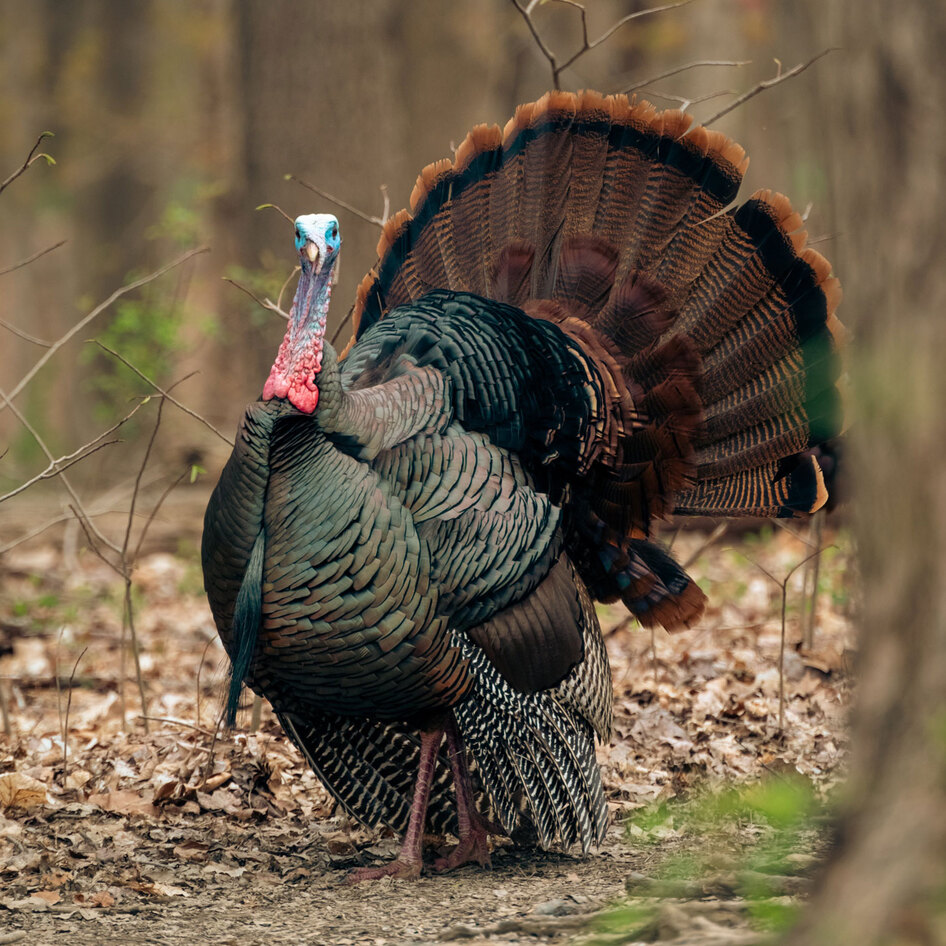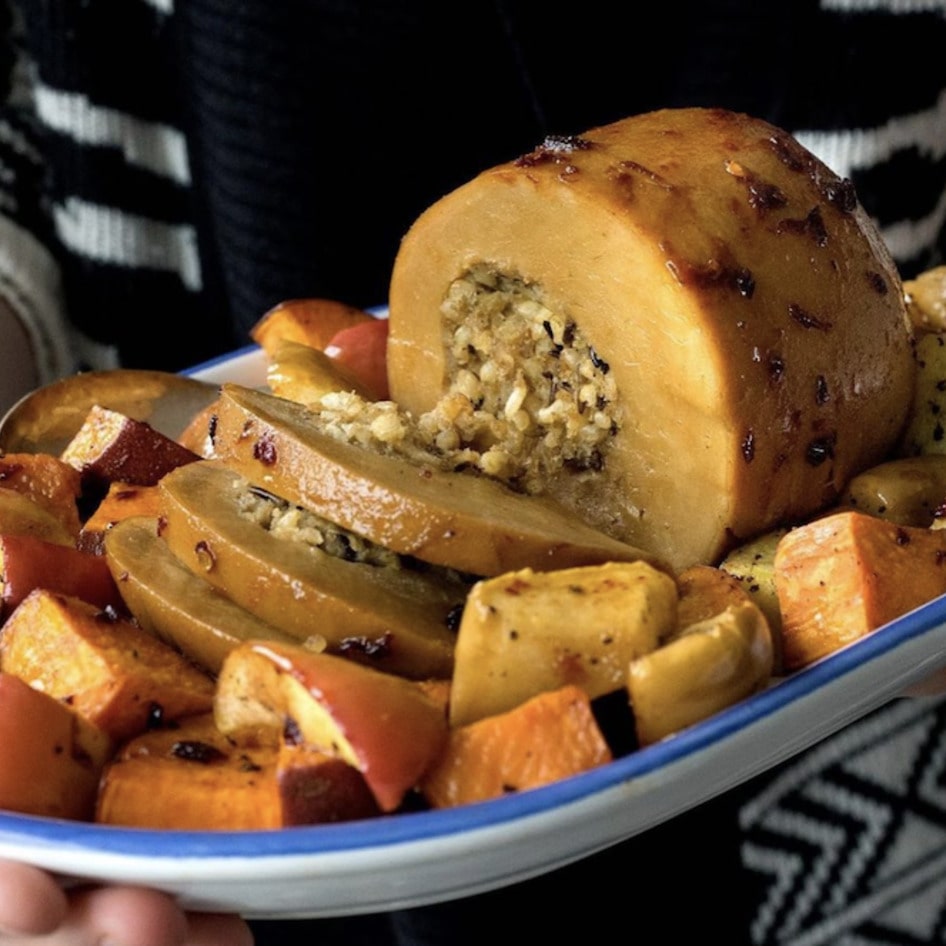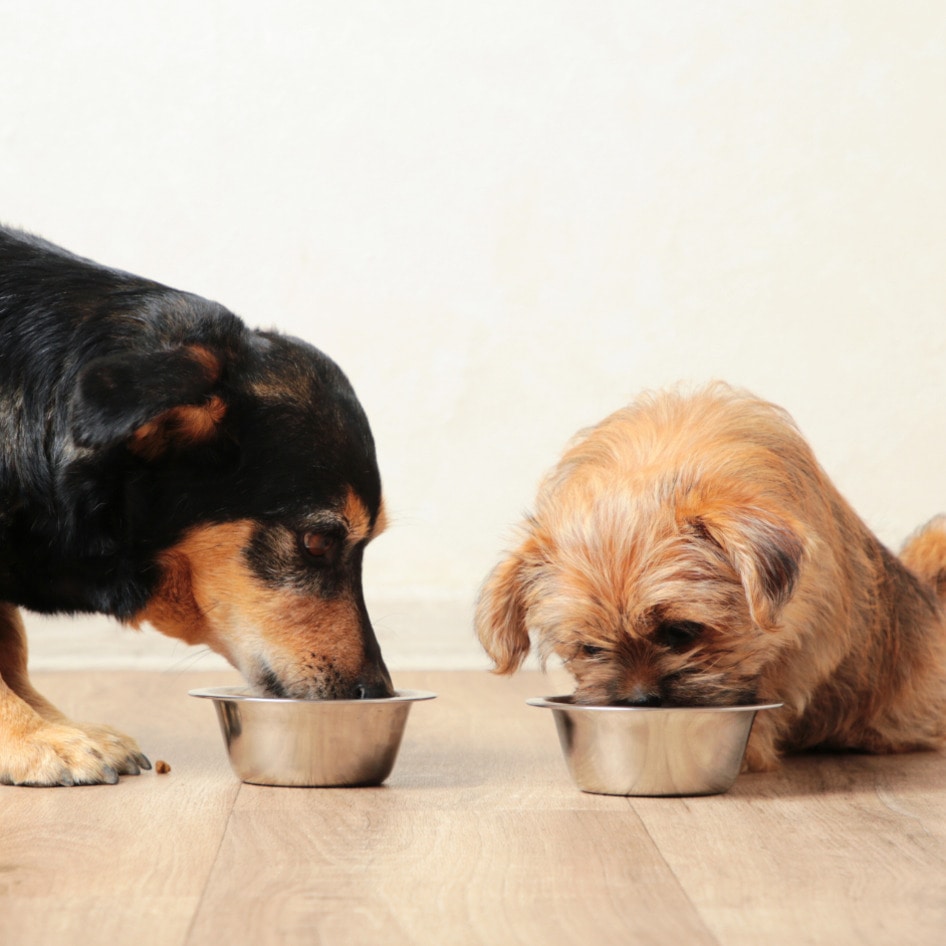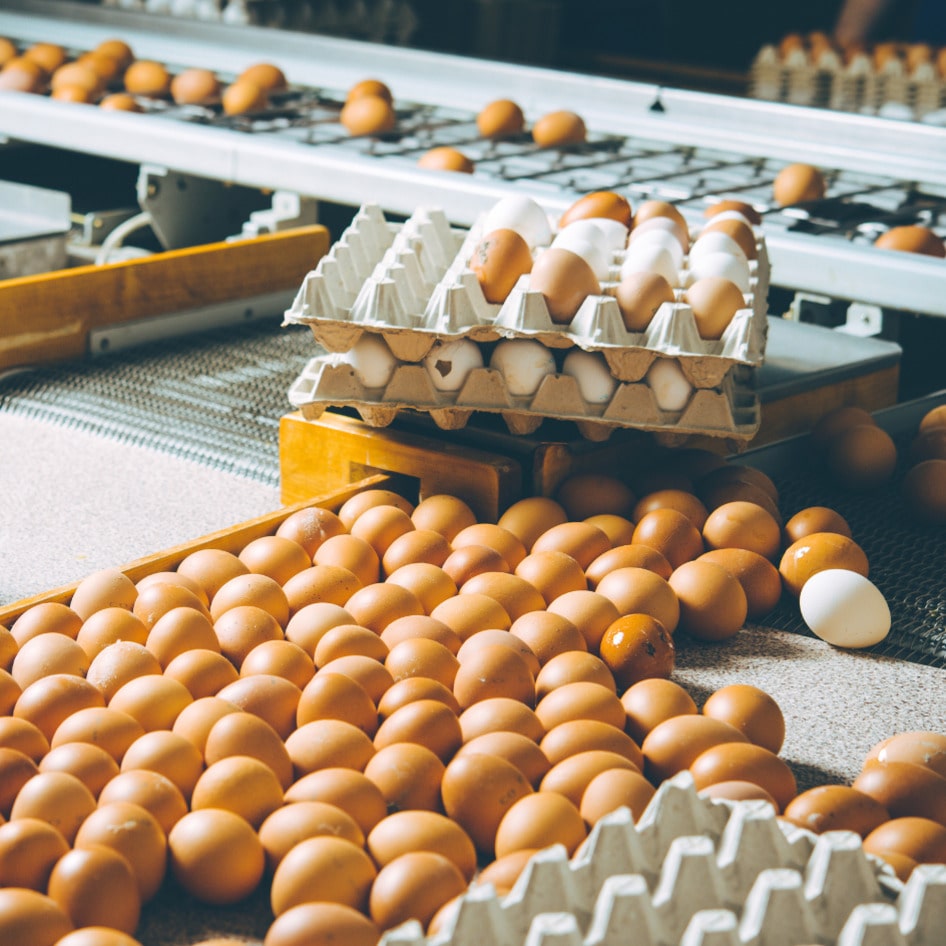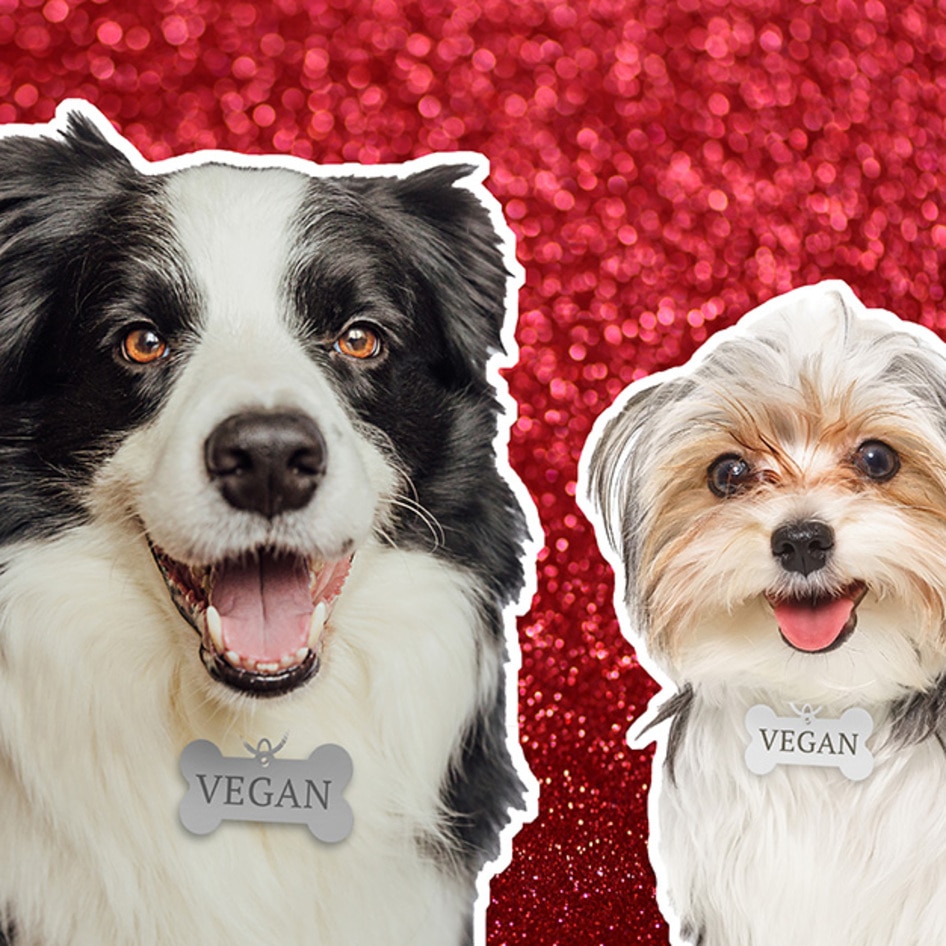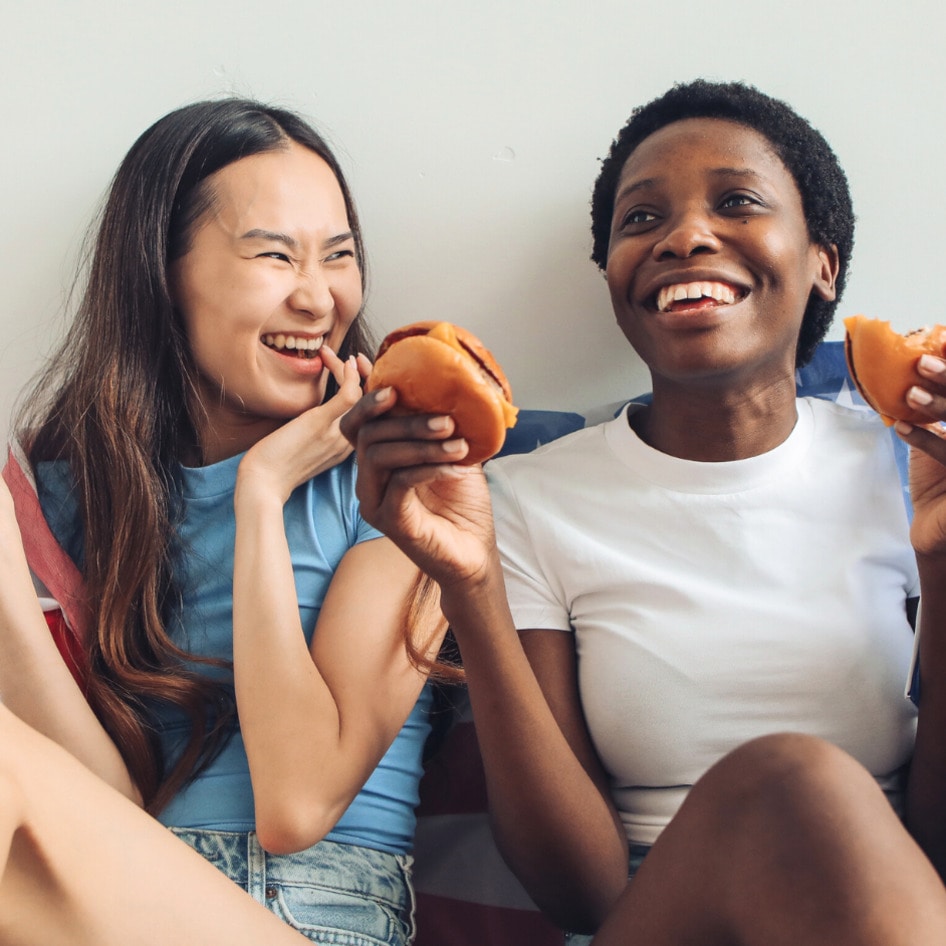9 Things We Didn’t Know About Animals
From learning to communicate with dogs to understanding the changing color of a turkey, author Tracey Stewart shares nine things you may not know about animals in her new book.
October 7, 2015
In her new book Do Unto Animals, lifelong animal-lover (and comedian Jon Stewart’s wife) Tracey Stewart candidly reveals childhood memories with her favorite companions while offering sage advice regarding their behaviors, quirky mannerisms, and ideal environments. The book details why we should never bother spiders, beetles, and bats while provides advice on everything from how to better understand our four-legged companions to advice for adopting a farmed animal—all conveyed with gorgeous illustrations by Lisel Ashlock. With so much information packed into the 200 pages, here are nine things we learned from Stewart that’ll hold the attention of animal lovers of all ages.
1. How to read dogs
To better relate to dogs, body language cues can be read like doggie vocabulary. For instance, a tilted head means your puppy’s listening, an erect neck and perked ears means he’s alert, and the “play bow position” with his front paws on the ground means he’s ready to play. Also, when dogs intentionally avert their gaze, they are removing themselves from a situation without physically running away. We know a few people who do the same thing.
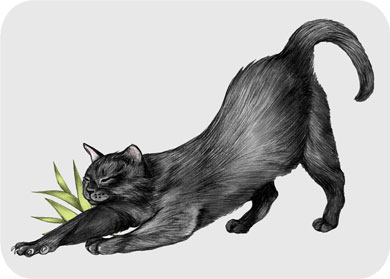
2. How to massage to a cat
We often pet our cats with caution … one or two strokes and then we reassess how the cat feels about the action. However, Stewart tells us that unabashedly massaging your cat is possible if you know what you’re doing. Here’s one sure bet: placing your hands in the hollows of your cat’s shoulders and gently kneading the area in a circular motion is especially enjoyable for your feline friend.
3. Why turkeys change colors
The heads of male turkeys change colors depending on their moods. Red means mad, blue means happy, and white means the turkey is feelin’ quite all right.
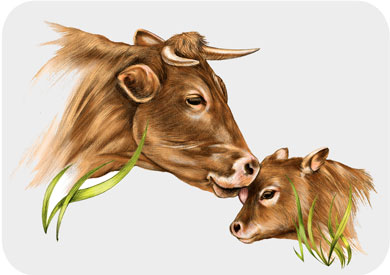
4. Need babysitting?
Not only do cows have strong bonds with their calves, but cow moms will also arrange to babysit the calves of the herd while the others go out for a pasture snack.
5. What earthworms eat
As worms wriggle through the ground, creating tunnels to aerate the soil, they love to munch on potato peels, corncobs, apple cores, banana peels, and tea bags. They also fertilize the soil—allowing what they eat to regrow.
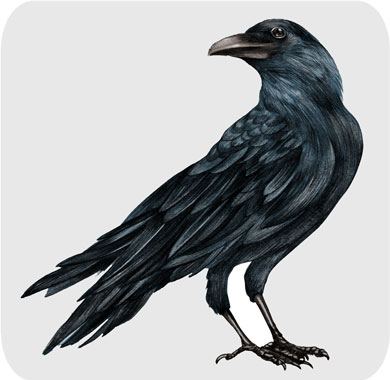
6. What crows know
If you’ve ever seen that YouTube video of the crow using a container lid to slide down a snowy roof, you already know these birds are brilliant. It turns out that crows have an amazing ability to solve difficult puzzles, bend sticks to create tools, and can recognize a human face for a lifetime!
7. The eating habits of birds
Different birds like different foods in their feeders. While Woodpeckers prefer crushed peanuts, apples, and melon seeds, Black-capped Chickadees can go without the fruit and opt for sunflower seeds and pie crust instead.
8. Why homemade dog biscuits are better
This may sound like something out of Portlandia, but baking your own dog biscuits isn’t as crazy as it sounds and is much healthier for our canine companions. Mix flour, almond milk, pumpkin purée, and a few additions such as wheatgrass for energy and stamina, and mint and parsley to nix the doggy breath.
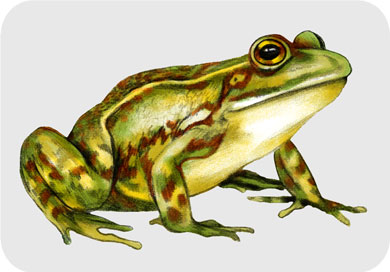
9. How to create a sanctuary for frogs
To create the perfect outdoor habitat for native frogs, you need floating plants to block sunlight, rock piles and logs to provide shelter, submergent plants to oxygenate the water, and emergent plants to add shade.
Illustrations by Lisel Ashlock
JUMP TO ... Latest News | Recipes | Guides | Health | Subscribe

